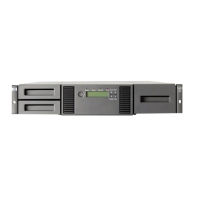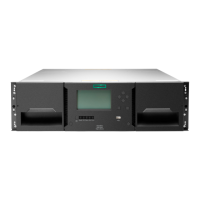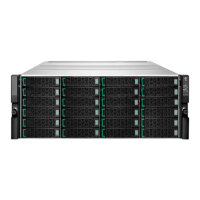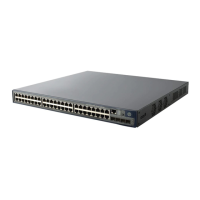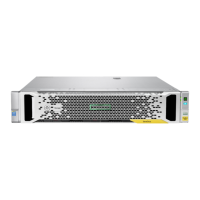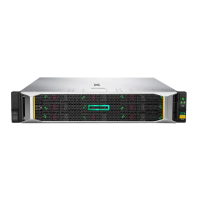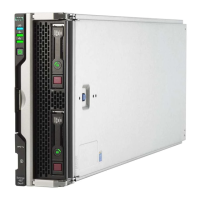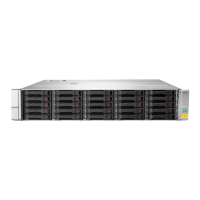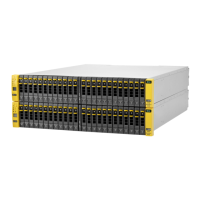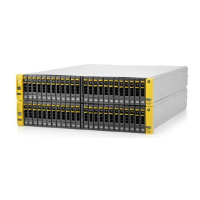Technical white paper Page 32
Upgrade scenarios
You should be aware of some considerations when upgrading the P2000 to the MSA 1040/2040/2042 or when upgrading an MSA 1040
to an MSA 2040/2042. These scenarios use the latest GL200 firmware.
See the MSA 1040 and MSA 2040 User Guides for more information on linear and virtual disk groups.
Scenario 1
The user has linear disk groups and wants to keep using only linear disk groups.
The user can continue to use the MSA array and create the linear disk groups in the same manner used before upgrading. The user can use
either Version 2 or Version 3 of the SMU.
Scenario 2
The user has linear disk groups and wants to start using virtual disk groups and keep the remaining linear disk groups.
The user will be able to have both linear and virtual disk groups on the same MSA array. In order to use the virtual disk groups, there must
be available drives to construct the disk groups. This process might require purchasing new drives if no unused drives exist.
Use Version 3 of the SMU to create the new virtual disk groups. Version 2 of the SMU does not have the capability to create virtual disk
groups.
Note
For MSA 1040 arrays, using virtualized storage requires a license.
Scenario 3
The user has linear disk groups and wants to start using virtual disk groups. The user also wants to migrate the existing linear disk groups to
use the MSA virtualization features.
Host-based migration is necessary to move the linear volumes to virtual volumes.
To migrate the data, create new virtual disk groups and then copy the data from the linear disk groups onto the newly created virtual disk
group using a file copy.
Again, this process might require purchasing new drives for use with the virtual disk groups if no unused drives exist.
Use Version 3 of the SMU to create the new Virtual Disk Groups. Version 2 of the SMU does not have the capability to create virtual disk
groups.
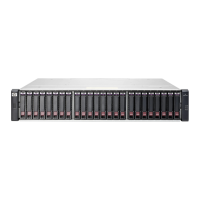
